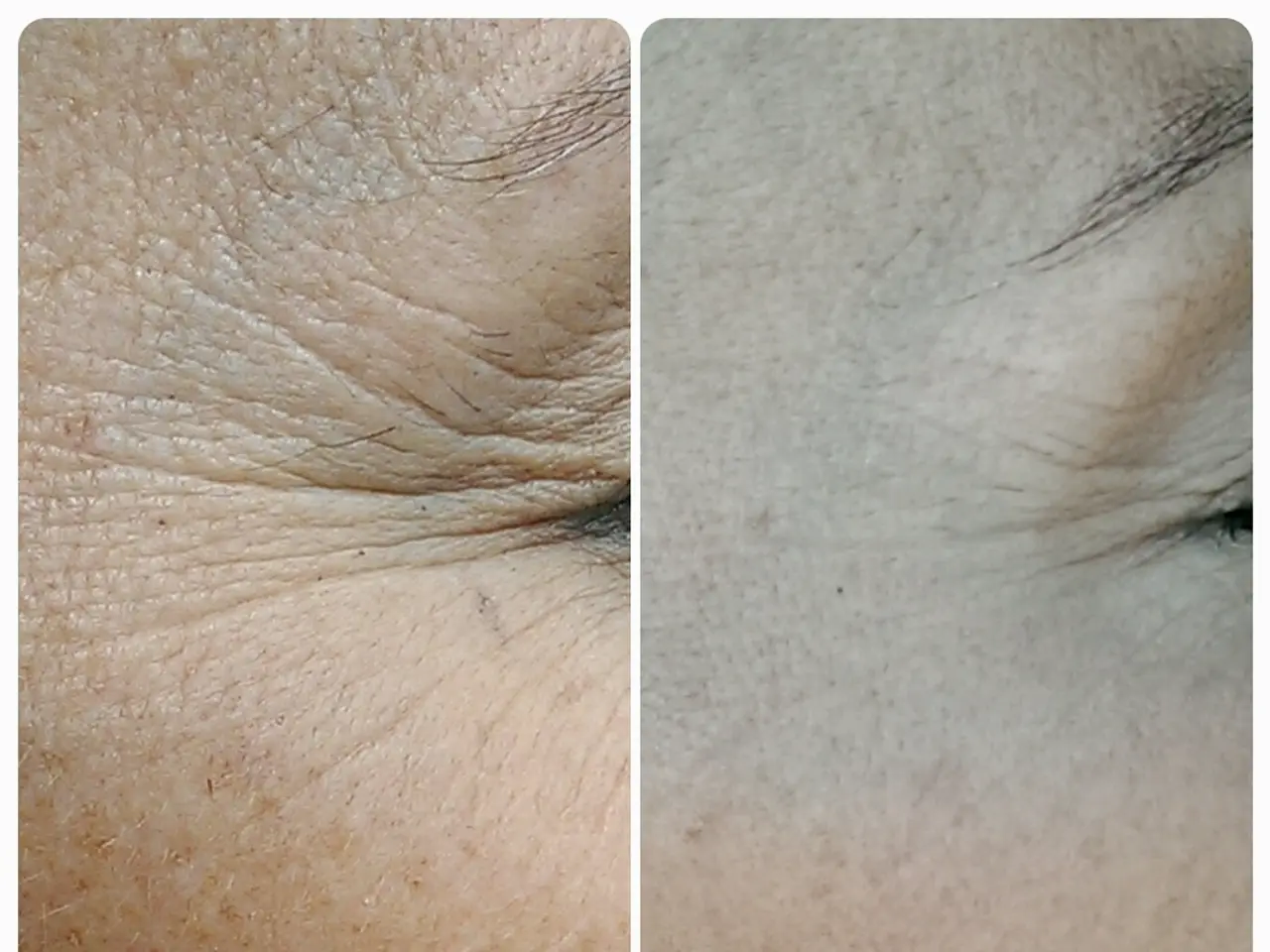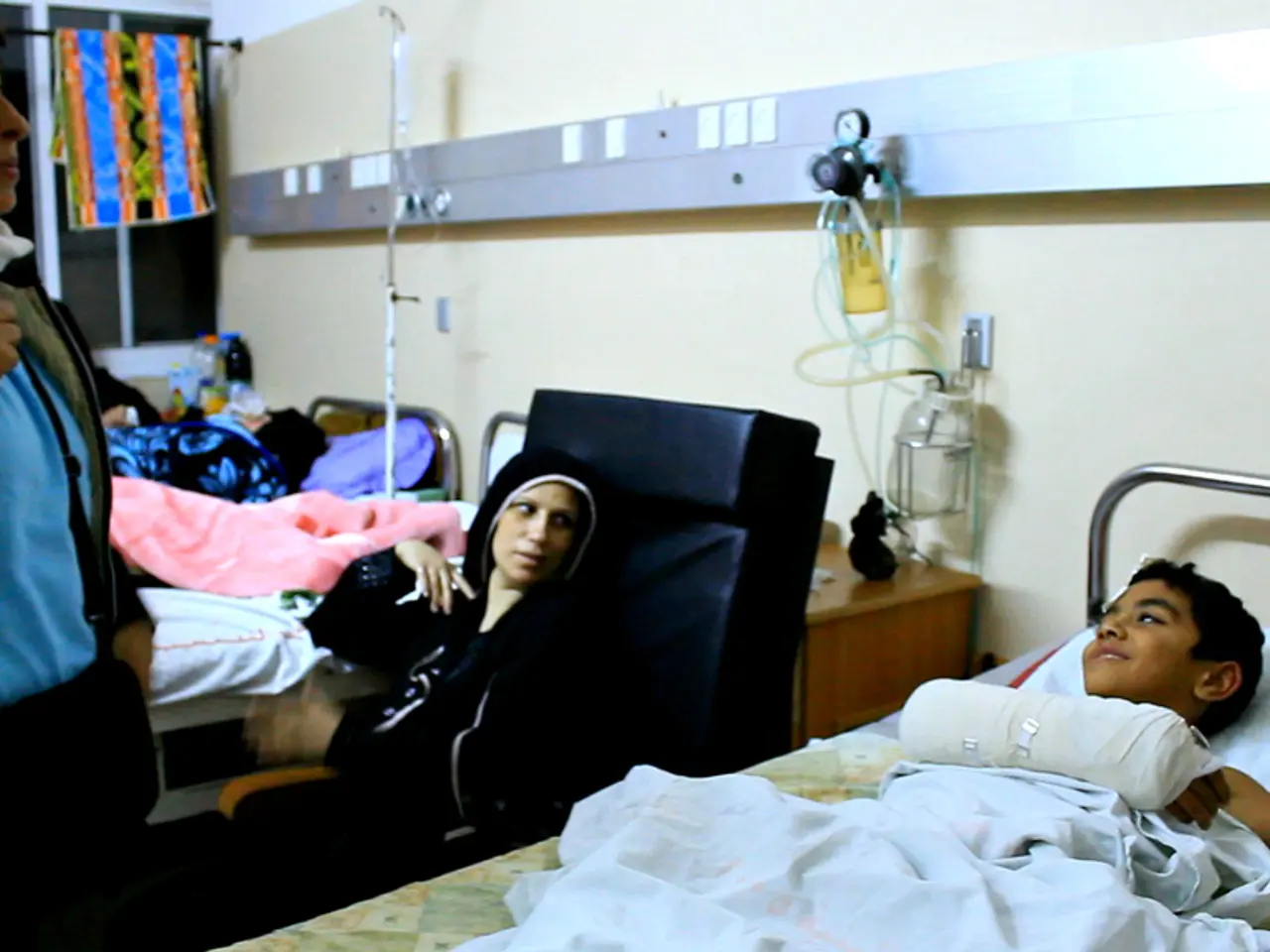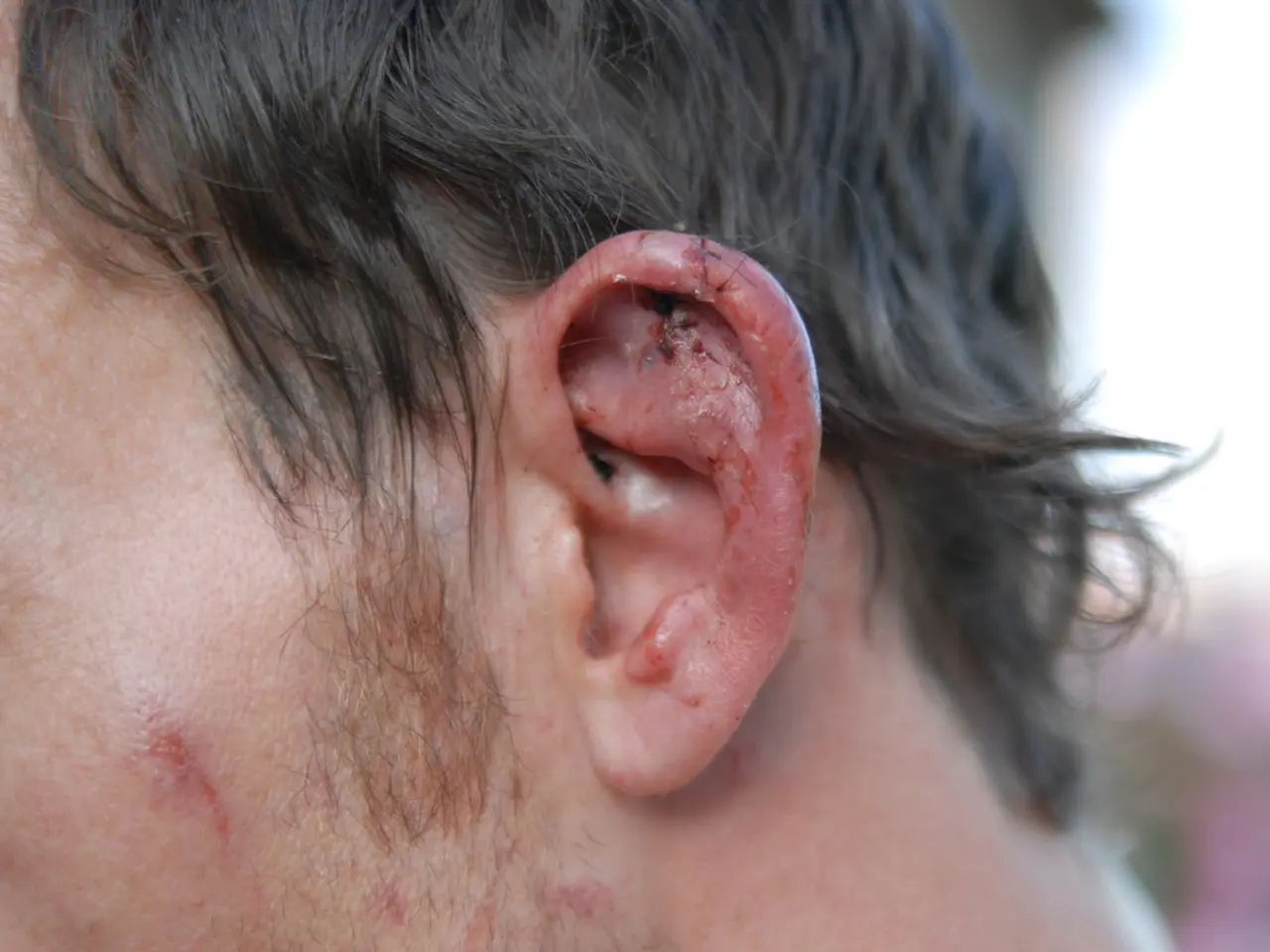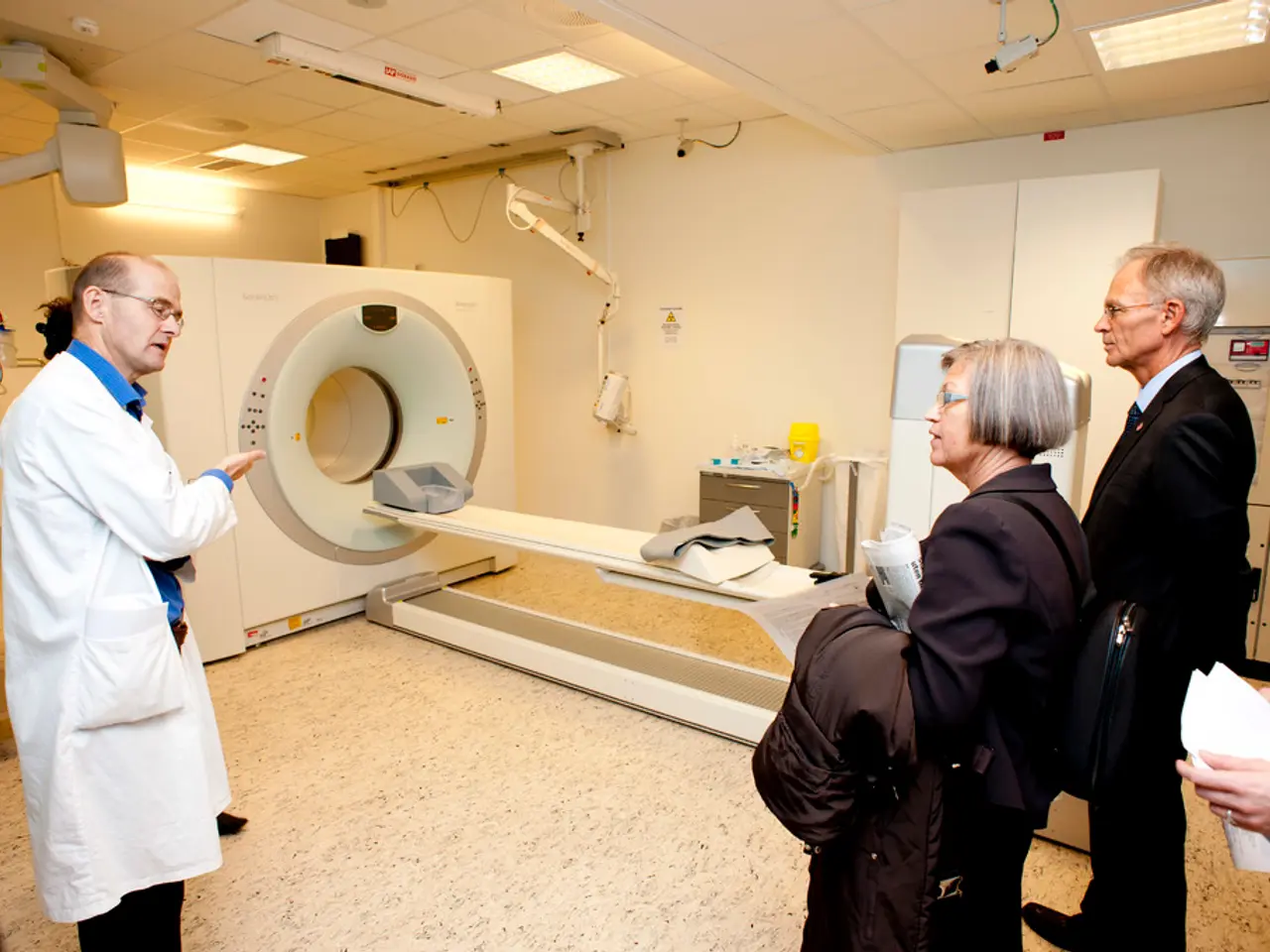Skin Health Exploration Through Dermatology
In the realm of human health, dermatology stands as a vital pillar, akin to the royal army of medicine, dedicated to protecting and nurturing the largest organ of the human body – the skin. This article delves into the diagnosis and treatment of some common skin conditions by dermatologists.
Common Skin Conditions
Atopic Dermatitis (Eczema)
Atopic dermatitis, often referred to as eczema, is a skin disorder that manifests as itching, redness, and flaking, commonly affecting infants and young children. Dermatologists primarily diagnose this condition through clinical examination and history, with patch testing for allergens if necessary. Treatment typically involves the use of moisturizers, corticosteroid creams, and avoiding triggers such as excessive heat or allergens.
Rosacea
Rosacea is a chronic condition characterised by redness, flushing, small bumps, and visible blood vessels on the face. Dermatologists diagnose rosacea through clinical examination based on symptoms like persistent redness and visible blood vessels. Treatment options include topical antibiotics or retinoids, laser therapy for blood vessels, and avoiding triggers like spicy food or sun exposure.
Dermatitis (Eczema)
Dermatitis, a broad term for skin inflammation, shares similar symptoms with atopic dermatitis. Dermatologists diagnose this condition through clinical examination and sometimes skin scrapings or biopsies. Treatment typically involves topical corticosteroids, moisturizers, and avoiding irritants.
Seborrheic Dermatitis
Seborrheic dermatitis is a condition that causes red, oily, flaky patches, often on the scalp. Dermatologists diagnose this condition based on its appearance and location of lesions. Treatment includes antifungal shampoos, topical corticosteroids, and moisturizers.
Contact Dermatitis
Contact dermatitis is skin inflammation caused by contact with allergens or irritants. Dermatologists diagnose this condition through clinical examination and patch testing to identify allergens. Treatment involves avoiding the causative agents, topical corticosteroids, and moisturizers.
General Diagnostic and Treatment Principles
Dermatologists often diagnose skin conditions through clinical examination, medical history, and sometimes additional tests like biopsies or patch testing. Treatment can include topical medications, oral antibiotics, lifestyle changes, and avoidance of triggers. For some conditions, specialized treatments like laser therapy or phototherapy may be used.
Understanding dermatology is crucial for managing and treating various skin conditions effectively. The outermost layer of skin, the epidermis, acts as a protective barrier against the outside world, while the dermis, the innermost layer, is responsible for the skin's firmness and elasticity.
Knowing about dermatomes, a part of the fascinating world of skin anatomy and physiology, can help non-doctors communicate skin sensations clearly to doctors. Dermatomes are like maps of the skin, connecting it to the spinal cord.
Dermatology is the scientific discipline focused on the study, diagnosis, and treatment of skin diseases. Dermatologists undergo medical school and residency programs to become experts in diagnosing and treating skin conditions. They are essential for identifying and treating skin conditions early on, preventing them from worsening.
From the knights in shining stethoscopes, ready to diagnose and treat various skin conditions, to the personalized skincare advice they provide based on a person's unique skin type, dermatologists play a pivotal role in maintaining our skin's health and appearance.
- The scientific discipline focused on the study, diagnosis, and treatment of skin diseases, dermatology, is like a protective army in the realm of health and wellness, akin to medical-condition diagnosers and treatment providers for various skin conditions.
- In the management of skin-care, dermatologists use general diagnostic principles such as clinical examination, medical history, and sometimes additional tests, followed by treatments that might include topical medications, oral antibiotics, lifestyle changes, and avoidance of triggers, which are crucial for maintaining skin health and appearance.




